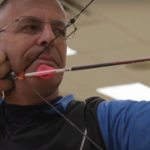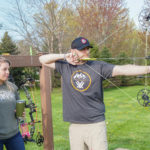Before we dive right into how much draw weight you need for hunting let’s take a look at what draw weight is and how various factors go into determining what the proper draw weight is for you.
What Is Draw Weight?
Draw weight is a measurement (in pounds) of the force required to draw (or pull back the string of) a bow. Theoretically, “drawing” a bow that measures 70 lbs requires the same force as lifting a 70lb weight from the ground. The movements are, of course, different, but the resistance is the same.
A few factors influence the draw weight, but the most notable is the stiffness or rigidity of the bow limbs. So, for instance, a bow with a maximum of a 70lb draw weight will have stiffer limbs than a bow with a 60lb maximum draw weight.
Most compound bows allow about 10 pounds of adjustment in draw weight.
In recent years, bows for kids and women have been designed to enable significantly more adjustment in draw weight, sometimes as much as 50 pounds.
This is a big advantage for younger archers who are growing quickly and don’t want to purchase a new bow to accommodate their increased draw weight.
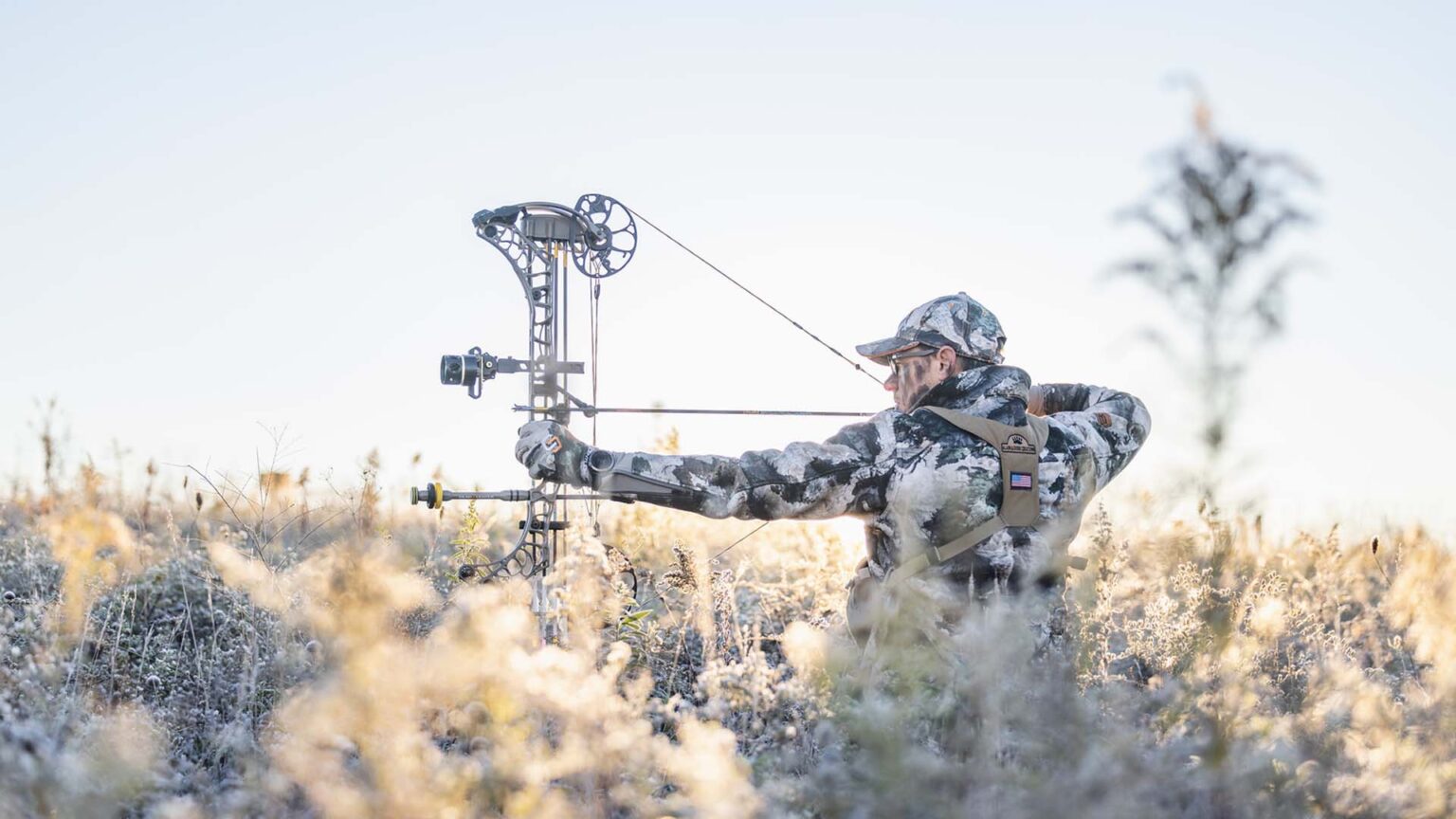
For traditional bows such as recurve or long bows, the draw weight is designed to be a specific amount (say 55lbs) at a particular draw length (say 28”). If the string is pulled back further than the set draw length the draw weight will be more, the opposite is also true.
What Is Let-Off?
The term, “let-off” is used to describe the amount of draw weight required to hold the bow at full-draw. Let-off is measured in a percentage of the bow’s draw weight. For example many compound bows have 75% let-off, what this means is that when the bow is fully drawn, the shooter is actually holding back only 25% of the draw weight.
So a compound bow set at 60lbs with a 75% let-off means that the shooter has to hold 15 lbs to keep the bow at full draw.
Recurve and long bows do not have let-off.
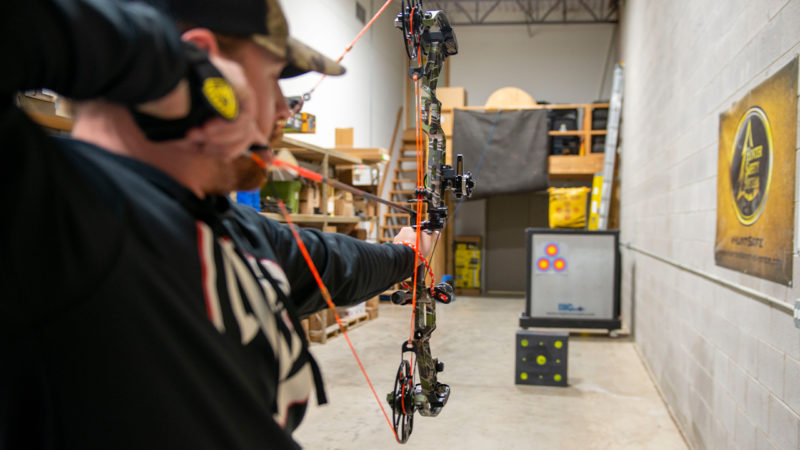
Why Is Draw Weight Important?
Draw weight is important because it influences the speed at which the bow can shoot an arrow, also, it is imperative that the draw weight be comfortable for the shooter in order to have proper form and to be accurate.
Many people try to shoot too much draw weight so that their bow will shoot faster, but this keeps them from having proper shooting form and also hurts their ability to shoot accurately. This can be especially important for bow hunters who often sit for long periods of time in inclement weather or hold their bow back for long periods of time.
What Draw Weight Do I Need?
A comfortable draw weight is different for each shooter. Some shooters are capable of shooting 70, 80 or 90 lbs, but most adult males shoot between 60 and 70 lbs. Today’s bows are extremely efficient and 40lb compound bows are more than capable of harvesting many big game animals.
For whitetail deer hunting anything above 40 lbs is fine. For larger game such as elk or moose a good recommendation is at least 60-65 lbs of draw weight.
A general rule of thumb is that a shooter should be able to shoot a bow about 30 times in a row without being fatigued. If the shooter cannot draw the bow 30 times the draw weight should be decreased.
Another common test for draw weight is to draw your bow back while in the seated position. If you can pull back without too much effort or “sky drawing” while seated, you are shooting the proper amount of draw weight. If you can’t, it may be time to lower your poundage a bit.
What Is The Minimum Draw Weight For Hunting?
The minimum draw weight that is legal for hunting may differ for each state, it is important to check the state regulations in which you plan on hunting. In most states, the minimum required draw weight is 40 lbs.
How Do You Adjust Draw Weight?
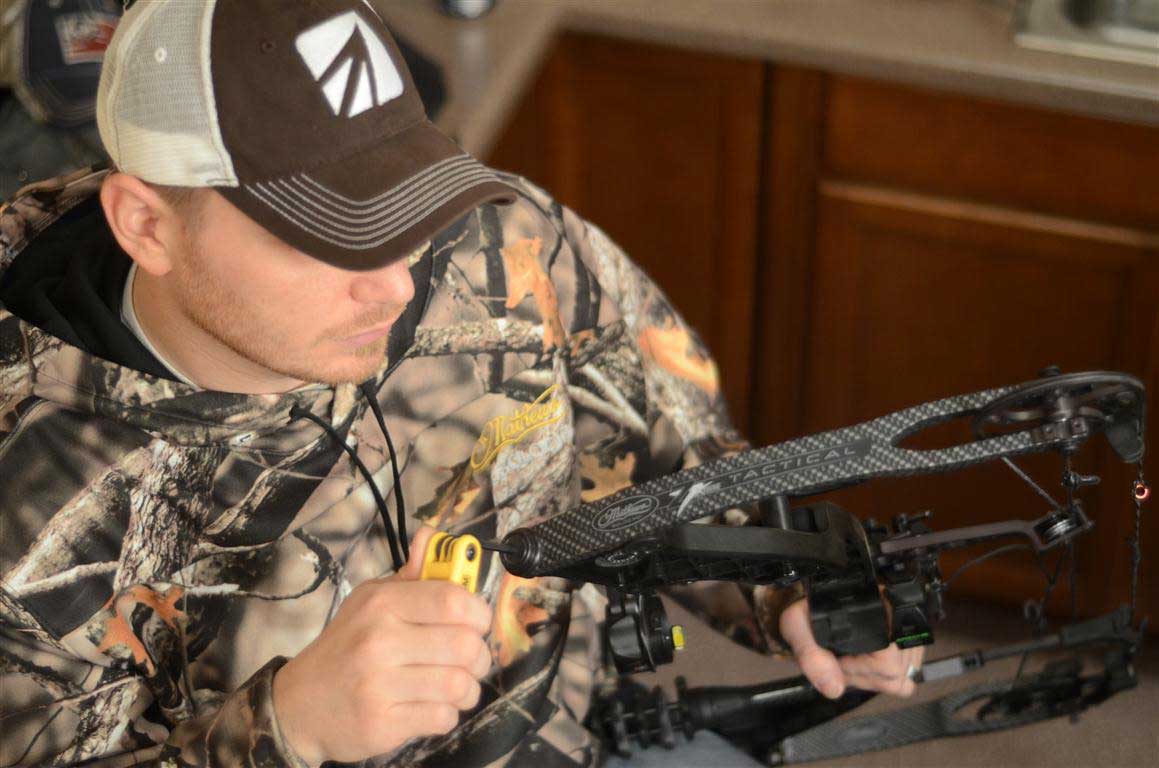
Draw weight is usually adjusted by tightening or loosening the limb bolts on the bow. The limb bolts will use an allen key to adjust them. The amount of change is different for all bows but generally speaking, a full turn (one direction or the other) will change the draw weight by 2 to 4lbs. When adjusting the draw weight, it is important to adjust the limb bolts on the top and bottom limbs equally.
Mathews bows equipped with “Switchcam” technology allow for peak draw weight adjustment simply by changing the draw modules on the bow’s cams, without a need for adjusting the limb bolts.

 By
By 